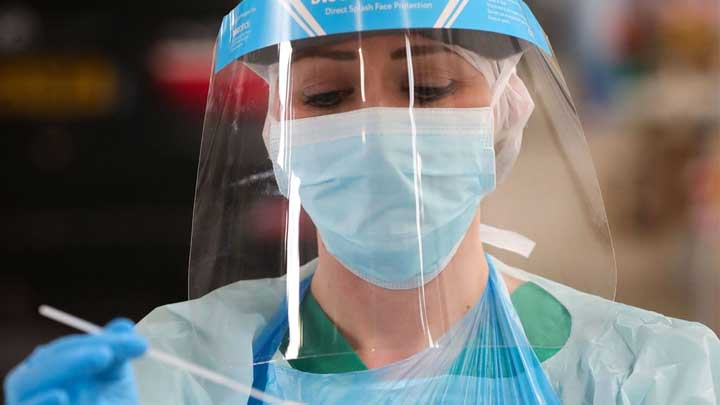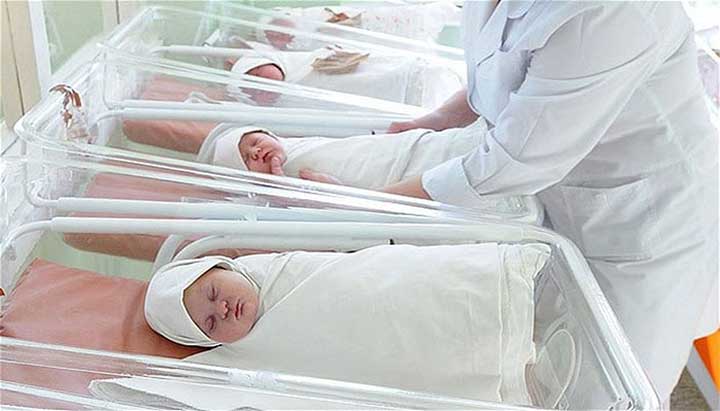By: Farzana Ali Khan
ISLAMABAD: Given that, it has been witnessed that the corona virus disease (COVID-19) pandemic that had surged in Wuhan, has moved from country to country for the last few months.
After the initial peak, absent highly effective medical interventions, the world has likely experienced outbreaks of lingering disease for months and potentially years to come.
As the world entered the next phase of COVID-19, critical questions involved the nations’ capacity to respond to outbreaks, protect high-risk populations, and limit community spread because of an inadequate and continued lack of testing for COVID-19, a depleted and overworked public health workforce, lack of sophisticated integrated public health and clinical health information technology, and substantial cultural issues, the world has yet to implement an effective disease control strategy.
Rather, Pakistan has moved quickly from focused isolation and quarantine at a large scale to mitigation, largely focused on a single approach—social distancing. The fundamental question is whether we could build a more targeted response capability so that the country could return to work, school, and other normal activities.
A key milestone is the fall of 2020. If the initial social distancing and perhaps warmer temperatures reduce the scale of the outbreak this summer, there is a major risk of resurgence during the traditional season of respiratory viruses.
As a possible approach to respond to this challenge, Pakistan should consider suspending the first year of medical school for 1 year and giving the incoming thousands of medical students the opportunity to join a national service program for public health. Hopefully the vast majority of students would participate.
Such a bold approach may be needed to ensure that the country has an adequate response to the next wave of disease (as we see in China) and does not enter a prolonged depression that would further adversely affect the health of its citizens.
The program should begin at the start of July. Incoming medical students should spend the month in online training on infectious disease epidemiology, infectious disease control in high-risk settings, and outbreak response.
In August, they should deploy to state and local public health departments to enhance the capacity to support a test, trace, track, and quarantine strategy.
The federal government should fund this project as a national service effort with a salary for the students and health coverage; it could be part of a larger initiative to engage other students, including those in nursing and public health, as well as out-of-work community members in the national response.
Taking this bold step could be justified on health and economic grounds. Today, localities have few resources available to stop community spread other than closing businesses, curtailing large gatherings, and schooling at home.
As soon as the novel corona virus arrives in a community, many are at risk for falling ill, straining the health care system, causing fear, and devastating the economy. Communities must use the next few months to build a robust public health response. It is in part this capacity that has allowed different countries to respond more successfully to the corona virus challenge.
Medical students should be deployed to state and local health agencies for a variety of roles. One urgent task is to implement rapid testing that informs community surveillance.
Even today, only a small fraction of people with suggestive symptoms can be rapidly tested; in some acute care settings, even the sickest patients wait days for the result.
Access to testing is so haphazard that it is difficult to draw reliable inferences about incidence, prevalence, and populations at risk. As testing becomes more available—results available within hours—there will be an urgent need to use these data to assess the scope of the pandemic.
Whereas the lack of adequate testing and surveillance has been a major weakness of the initial response, it must not be by the fall.
The second urgent task is to enhance protection of high-risk populations, with the goal of reducing the likelihood and effect of outbreaks now occurring in nursing homes and prisons. Medical students should help ensure implementation of critical preventive policies and join teams that swiftly and aggressively respond to infections that occur.
The third role for medical students should be to staff community call centers that offer guidance and services to individuals with symptoms of COVID-19. In addition to arranging testing, medical students would ensure that adequate information has been collected from individuals who require quarantine.
This information could facilitate efforts to provide food delivery at home, alternative housing if necessary, and additional medical treatment as needed.
Hundreds of medical students have already found ways to help in the response to COVID-19, from offering childcare to health care workers to taking on short-term roles in the health care system. Now it is time to formalize an opportunity for future physicians to protect the nation at this critical moment paired with the other students as well as with community health workers, other local resources, having capable medical students as a source of energy and enthusiasm who can contribute to a successful response.
Mobilizing future physicians now would complicate medical education in the short-term and the medical workforce 4 years from now. But there are solutions to these challenges. For example, because fewer students mean less tuition revenue, the federal government should compensate medical schools for a portion of this lost income.
It is estimated that in July 2025 there would be a gap in medical students available for internships, and in 2026, there would be an access number of graduates for the available residency positions.
To address the former problem, licensing authorities that oversee undergraduate and graduate medical education should permit medical schools to offer early graduation to highly capable students, and graduate medical education should make adjustments to reduce the reliance on first-year residents.
To address the latter concern, future classes of medical students should be afforded the opportunity for national service before starting medical school, ideally in a broad range of health and social service settings.
There are other challenges. This initiative would be expensive, but potential benefits to economic recovery would be substantial and financially many would be advantaged.
State and local Departments of Public Health likely do not have the capacity to hire and train a new workforce in such short order. The federal government should direct resources for this purpose to the local level that permits creative partnerships with the private sector to be able to hire and deploy people quickly.
How and when this initial surge of patients with COVID-19 ends remains uncertain. There is also much unknown about the effectiveness of social distancing, the transmission in the warmer months, and development of new therapies and vaccines.
Even as there is hope of a major therapeutic advance, preparation is essential for the likelihood that the disease will continue. To return to work, education, and other activities as soon as possible, the nation should move swiftly to build a robust public health response, drawing upon a workforce that includes future physicians.







